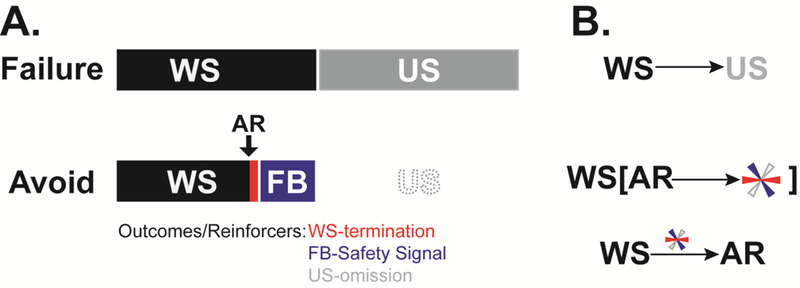Figure 2. A. Relationship between stimuli and target response for a typical avoidance protocol.

Failure to perform an AR during the WS leads to delivery of a painful US. Performing the AR leads to immediate WS termination, exposure to feedback (FB; external & internal stimuli not present before the response) and cancelation of the scheduled US. B. Hypothetical associations acquired during SigAA training. Failed trials transform the WS into a Pavlovian threat that predicts the US. Exposure to instrumental contingencies likely produces both hierarchical goal-directed associations, where the WS indicates that response-produced outcomes are possible, and habitual associations, where the WS directly triggers the AR because of negative and/or positive reinforcement. Note that FB stimuli are initially neutral and must develop into safety signals (via negative correlation with aversive WS and painful shock) before they can influence AR learning. Tricolored asterisk denotes outcome(s)/reinforcer(s) since it remains unclear how WS-termination, US-omission and Safety Signals relate to stimuli and ARs during goal-directed vs. habitual avoidance learning.
